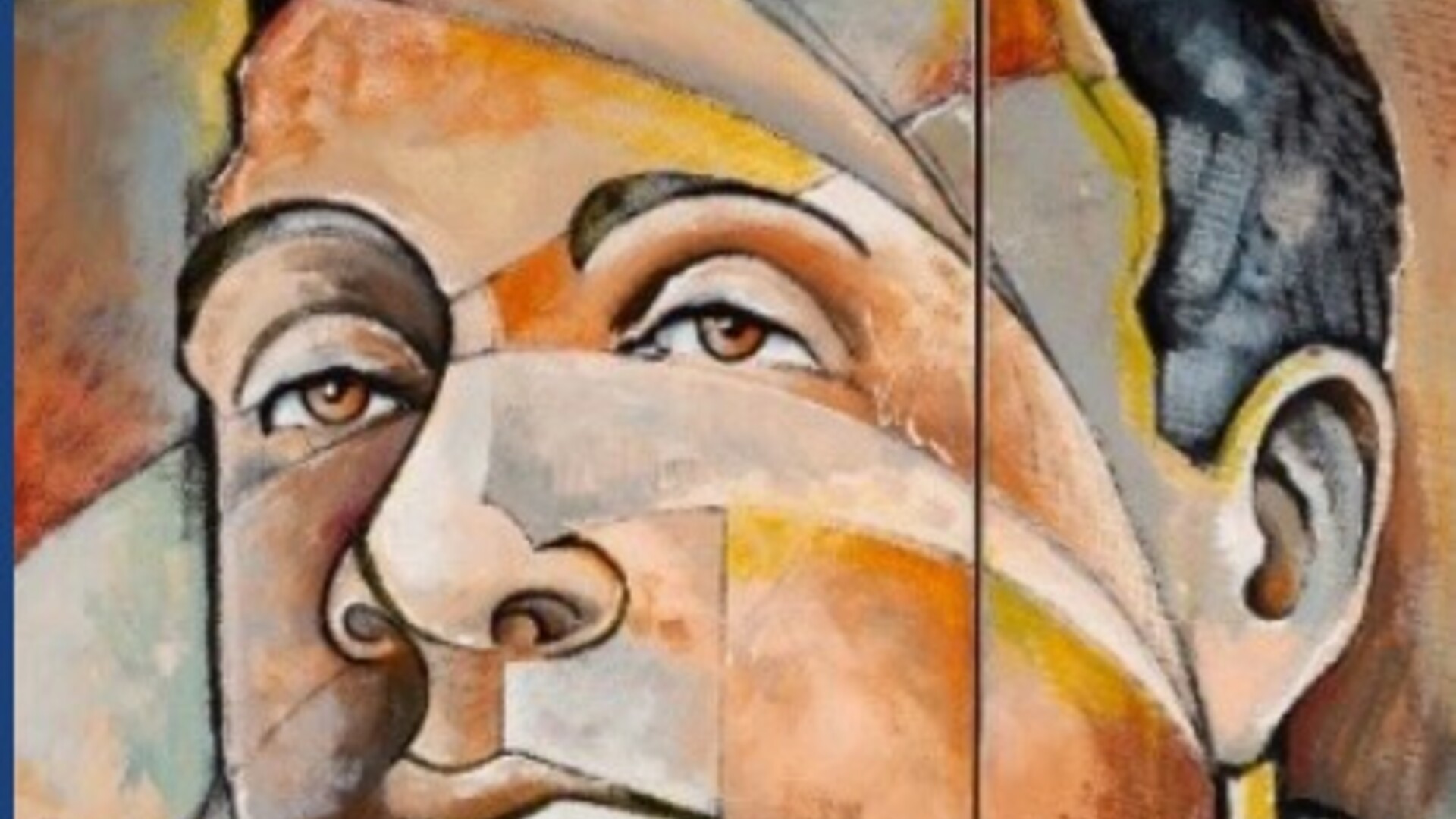The city of Guarda described by Vergílio Ferreira. There are several references by the writer to the highest city in his works.
Discover
Vergilian (Vergílio Ferreira) Literary Itinerary
Visit Website271 213 460
Discover
Literary Routes

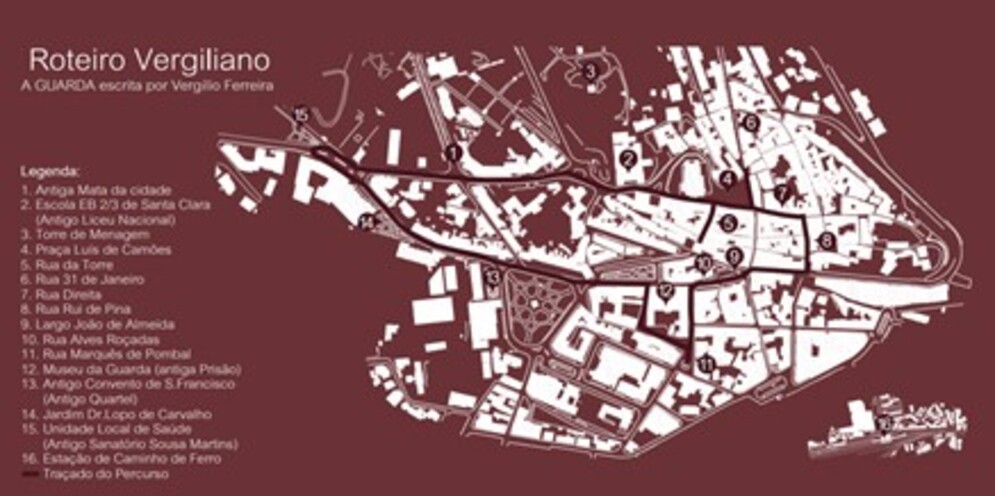
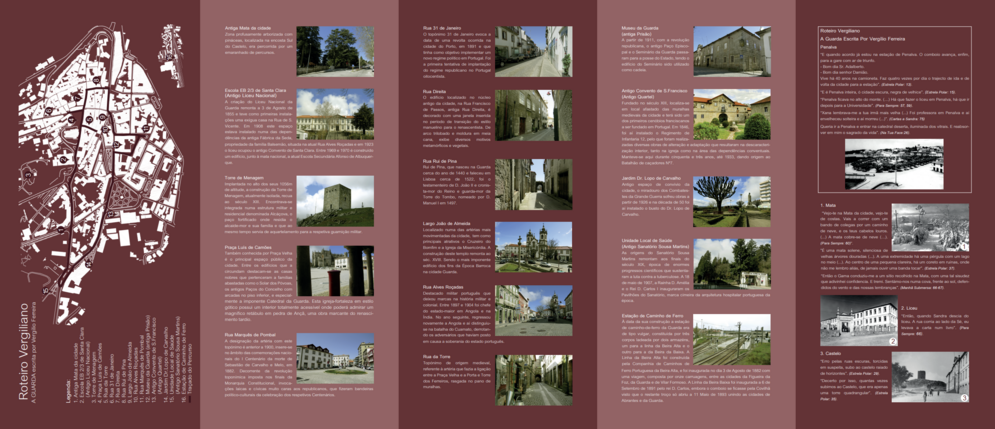
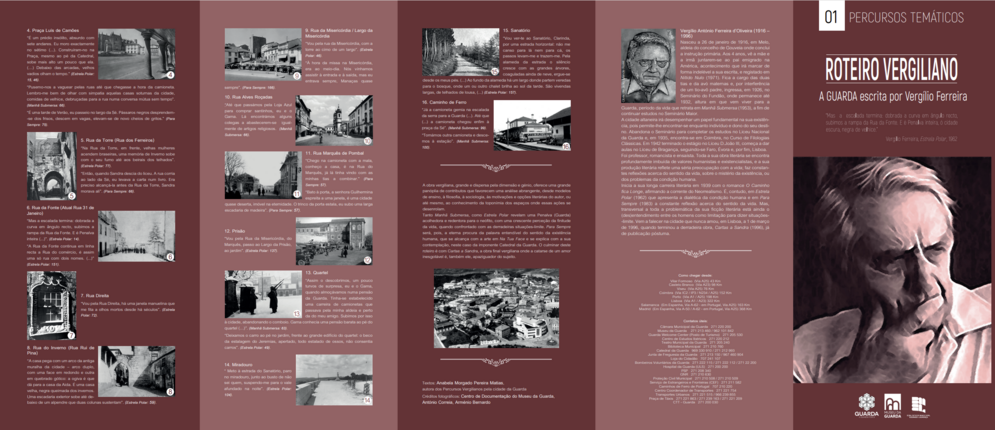
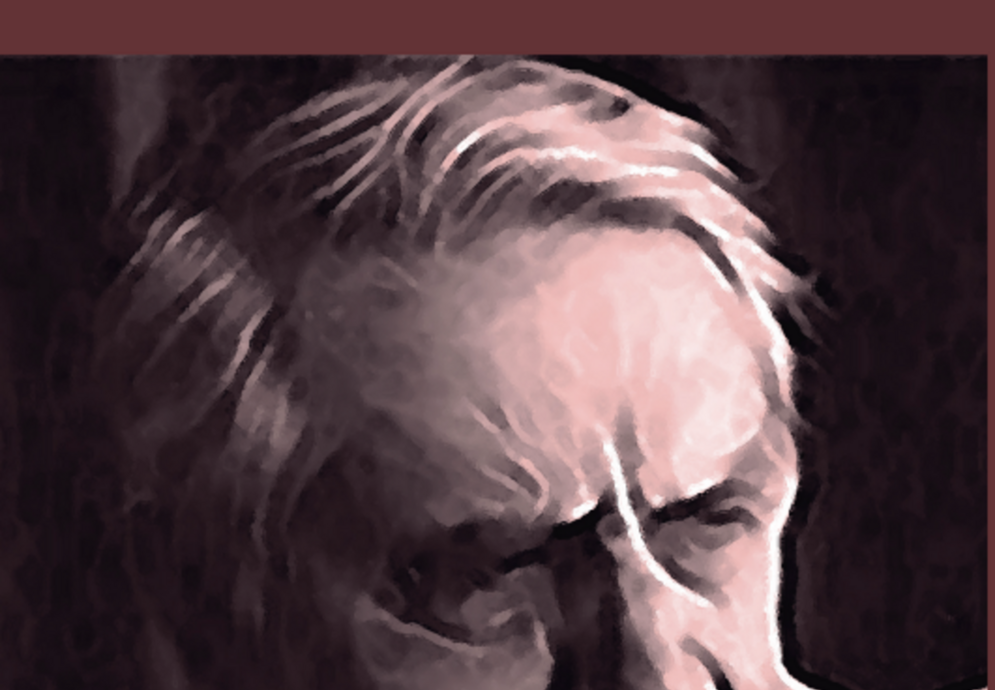
Vergílio António Ferreira d'Oliveira (1916 - 1996) was born in Melo, a village in the municipality of Gouveia. Vergílio's work, large and diverse in size and genius, offers a wide range of contributions that make for a wide-ranging analysis. Both "Manhã Submersa" and "Estrela Polar" portray Penalva (Guarda) as welcoming and redemptive for the neophyte, with a growing awareness of the finitude of life when faced with the most extreme situations. "Para Sempre" will therefore be the eternal search for an understandable word for the meaning of human existence, which is achieved through art in "Na Tua Face" and explained through contemplation, which in this case is of the imposing Guarda Cathedral. The culmination of this itinerary is with "Cartas a Sandra" (Letters to Sandra), Vergil's final work, in which the catharsis of an inexhaustible love also pacifies the subject. This itinerary identifies 16 places in the city of Guarda included in Virgílio Ferreira's works: the old city woods, the former National Secondary School, the Keep (Torre de Menagem), Luís de Camões Square (Praça Luís de Camões), Rua da Torre (street), Rua 31 de Janeiro (street), Rua Direita (street), Rua Rui de Pina (street), Largo da Misericórdia (Misericórdia Square) , Rua Alves Roçadas (street), Rua Marquês de Pombal (street), Guarda Museum (former prison), the former S. Francisco Convent , the Belvedere, the Local Health Unit (former Sousa Martins Sanatorium), the Dr. Lopo Carvalho Garden, the Sousa Martins Railway Station, the Lopo de Carvalho Viewpoint, and the local health unit (former Sousa Martins Sanatorium). For more information: mun-guarda.pt/municipio/governação/turismo/rotas-trilhos/
Visit Facebook


